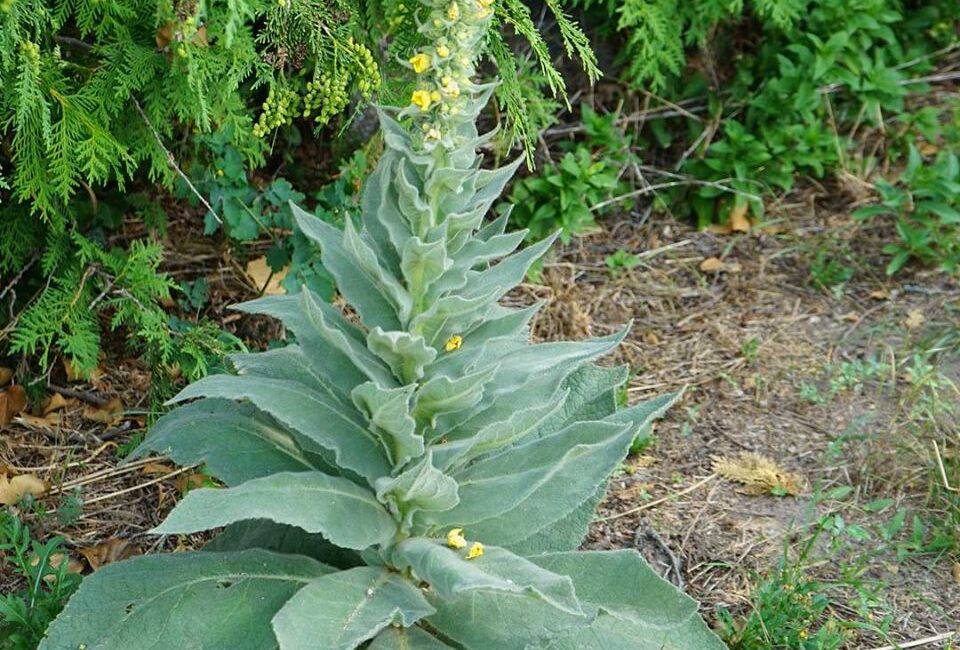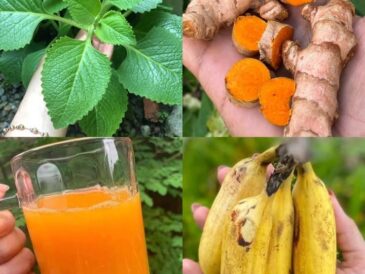Most people pass by it every day without a second glance. It pops up in sidewalk cracks, garden beds, vacant lots, and driveways. It’s pulled, discarded, and often labeled a “weed.” But this humble, unassuming plant is one of nature’s most powerful nutritional powerhouses—Purslane, also known as Portulaca oleracea. If you stumble upon this plant, you’ve struck botanical gold.
Far from being just another pesky garden invader, purslane is an edible, nutrient-rich, medicinal, and soil-enhancing plant. It has been cherished in traditional cuisines around the world, and modern science is just beginning to rediscover the remarkable benefits it offers for human health and sustainable gardening.
1. Identification: What Does Purslane Look Like?
Purslane is a low-growing succulent with thick, fleshy, paddle-shaped leaves and reddish stems. It has a sprawling, mat-forming habit and small yellow flowers that bloom in warm, sunny weather. The leaves are smooth, oval, and slightly glossy, while the stems are often tinged with a reddish hue. Its appearance may vary slightly depending on soil conditions and climate, but it consistently maintains its low-growing, resilient form.
This plant is a true survivor. It thrives in compacted soil, arid regions, and disturbed areas. Its ability to reseed prolifically makes it both persistent and widespread. Despite this, few recognize its value.
2. Nutritional Value: A Superfood in Disguise
Purslane is not just edible—it’s a bonafide superfood. According to the USDA, it contains more omega-3 fatty acids than any other leafy green plant. These essential fats are typically associated with fish oils and flaxseed, but purslane offers a plant-based alternative.
Here’s a breakdown of its key nutrients per 100 grams:
- Omega-3 fatty acids (alpha-linolenic acid): ~400 mg
- Vitamin A: 1320 IU (as beta-carotene)
- Vitamin C: ~21 mg
- Magnesium: ~68 mg
- Calcium: ~65 mg
- Iron: ~1.9 mg
- Potassium: ~494 mg
- Folate: ~12% DV
- Antioxidants: Glutathione, melatonin, and betalain pigments
Its rich content of antioxidants makes it excellent for fighting oxidative stress, while its vitamin and mineral profile supports immune function, heart health, and cellular repair.
3. Culinary Uses: A Forgotten Ingredient in World Cuisine
Purslane has a slightly tangy, lemony flavor with a hint of pepper—perfect for adding freshness to many dishes. Its succulent texture holds up well in both raw and cooked forms.
Here are traditional and modern culinary applications:
Raw:
- Salads: Combine with tomatoes, cucumbers, and feta for a Mediterranean-style salad.
- Smoothies: Add a handful for a boost of omega-3s.
- Salsas: Mix chopped purslane with lime, onion, and chili for a unique twist.
Cooked:
- Stir-fries: Sauté with garlic, onions, and sesame oil.
- Soups and stews: Add to lentil or tomato-based dishes near the end of cooking.
- Omelets: Mix into scrambled eggs for extra texture and nutrition.
In Greek cuisine, it’s known as andrakla and is often paired with yogurt. In Mexico, it’s called verdolagas and stewed with pork. Indian cuisine uses it as a spinach substitute in curries. Its worldwide use is testament to its culinary versatility.
4. Medicinal Properties: Ancient Wisdom Meets Modern Research
Traditional medicine systems such as Traditional Chinese Medicine (TCM), Ayurveda, and Unani have used purslane for centuries to treat a wide array of ailments.
Traditional Uses:
- Anti-inflammatory: Used for arthritis, joint pain, and swelling.
- Wound healing: Applied topically to soothe burns, insect bites, and cuts.
- Digestive aid: Consumed to relieve diarrhea, constipation, and stomach ulcers.
- Diuretic: Used to reduce water retention and detoxify the kidneys.
- Cooling herb: Valued for its ability to reduce internal heat and fever.
Modern Scientific Findings:
- Anti-diabetic: Purslane extracts help regulate blood sugar levels and improve insulin sensitivity.
- Neuroprotective: Rich in glutathione and melatonin, it supports cognitive function and sleep.
- Anti-cancer: Betalains and other polyphenols show promise in reducing the proliferation of cancer cells.
- Antimicrobial: Exhibits activity against several bacterial and fungal strains.
- Cardiovascular support: Omega-3s and potassium contribute to heart health and blood pressure regulation.
Ongoing studies are exploring purslane’s potential in managing chronic diseases, including Type 2 diabetes, high cholesterol, and neurodegenerative disorders.
5. Purslane in the Garden: Benefits for Soil and Companion Plants
Click page 2 for more




